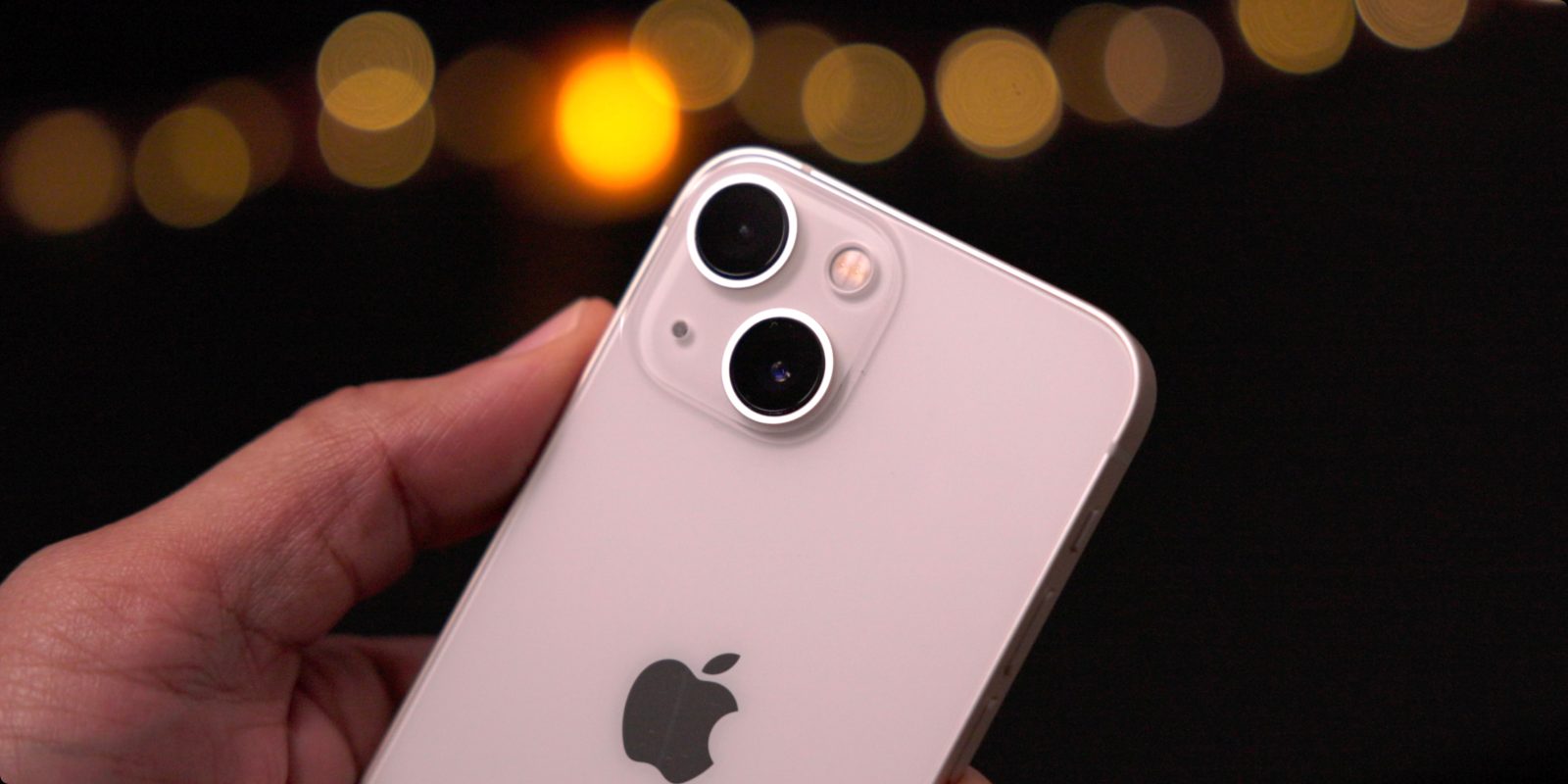
New data from Canalys shows how smartphone shipments worldwide have fallen 11% due to adverse market conditions. Demand has remained slow in 2022 amid an unfavorable market.
Samsung led the market share with 24% while Apple placed second with 18% share. Xiaomi placed third with 13% share due to the success of the Redmi Note series. OPPO, which makes OnePlus, and vivo took fourth and fifth places respectively.
Despite ongoing uncertainty, these smartphone makers found ways to remain relevant by broadening their device portfolios for the year. For example, Samsung revamped its A series to continue to be a popular mid-to-low segment phone.
“While the iPhone 13 series continues to capture consumer demand, the new iPhone SE launched in March is becoming an important mid-range volume driver for Apple. At a similar price point to its predecessor, it offers an upgraded chipset and improved battery performance and adds the 5G connectivity that operator channels are demanding”
Canalys Analyst Sanyam Chaurasia
Canalys reports “the global smartphone market was held back by an unsettled business environment in Q1.”
Markets saw a spike in COVID-19 cases due to the Omicron variant, though minimal hospitalizations and high vaccination rates helped normalize consumer activity quickly. Vendors face major uncertainty due to the Russia-Ukraine war, China’s rolling lockdowns and the threat of inflation. All this added to traditionally slow seasonal demand.
Despite reports of the iPhone SE 3 sales not performing well, Canalys’ data seems to differ. There’s a new survey reporting US carriers found iPhone SE 3 demand less than it was for the iPhone SE 2. Canalys goes on to state smartphone makers “must equip themselves to respond quickly to emerging opportunities and risks.”

FTC: We use income earning auto affiliate links. More.





Comments